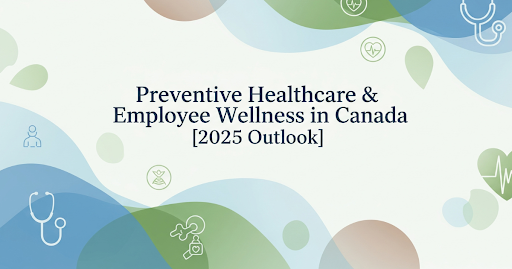
Accueil


















 EntrepriseCommuniquez avec nous
EntrepriseCommuniquez avec nous
Produit


Compte Santé
Compte de gestion de santé personnalisable, incluant les soins dentaires, les soins de la vue, et plus encore.
En savoir plus sur le Compte Santé


Compte Mieux-Être
Compte de mieux-être offrant une couverture étendue au-delà des soins de santé traditionnels, avec des catégories illimitées.
En savoir plus sur le CME


Récompenses
Récompenses et reconnaissance automatisées pour les étapes franchies et les performances.
Voir les récompenses

Qui aidons-nous ?


Employeurs
Découvrez le complément parfait à l'assurance traditionnelle avec les comptes de dépenses personnalisables de GoKlaim.
En savoir plus


Employés
Maximisez vos avantages sans effort grâce à notre application intuitive, disponible sur iOS et Android.
En savoir plus


Partenaires
Établissez une nouvelle norme dans l'industrie avec les solutions exceptionnelles d'avantages sociaux de GoKlaim pour vos clients.
En savoir plus



























